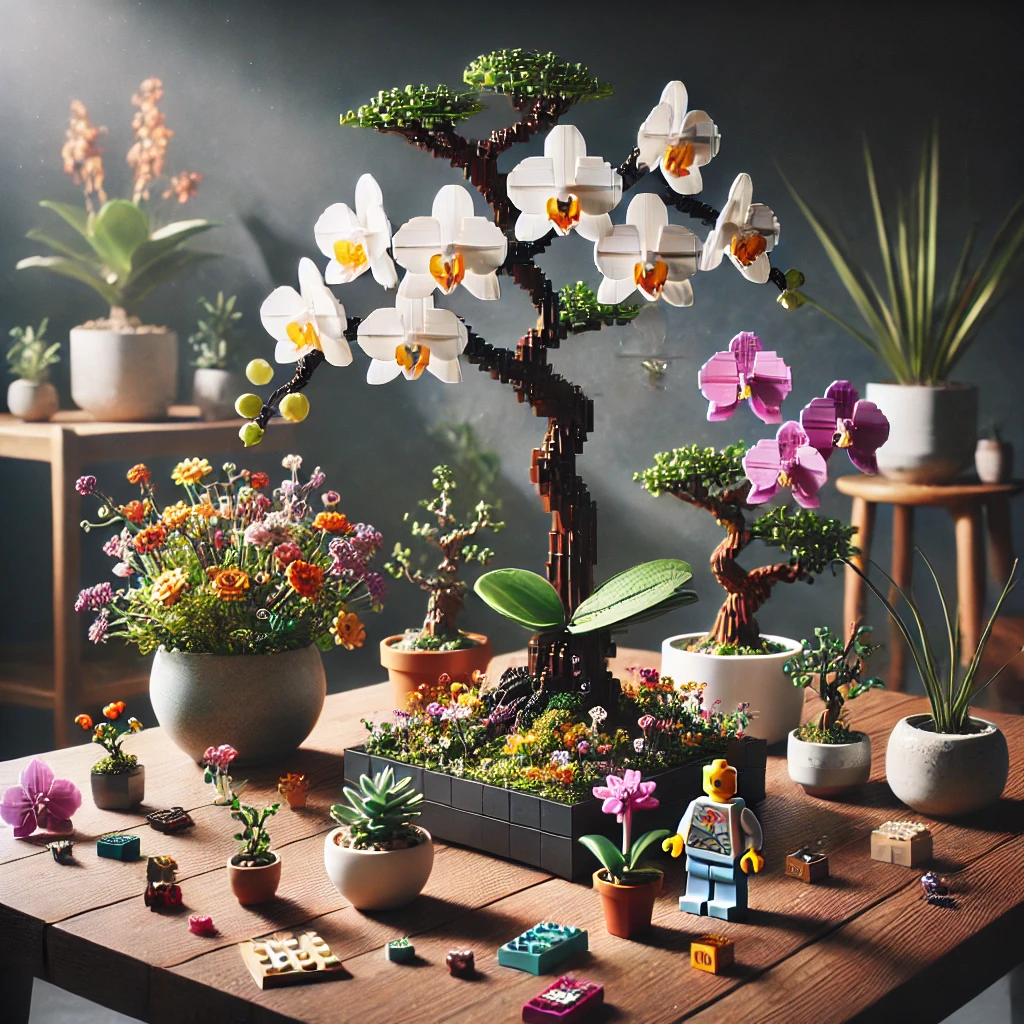Flávia P.
6 months ago
What Is Chibi Style — And Why Is It So Popular?
What Is Chibi Style?
Chibi style is a unique form of artistic expression that originated in Japan, characterized by its exaggerated features and adorable proportions. The term “chibi” translates to “small” or “short” in Japanese, and this style typically depicts characters with oversized heads, tiny bodies, and exaggerated facial expressions. This playful aesthetic has gained immense popularity in various forms of media, including anime, manga, and video games, appealing to fans of all ages.
The Origins of Chibi Style
The roots of chibi style can be traced back to the early days of anime and manga, where artists began to experiment with different character designs. This style emerged as a way to convey humor and cuteness, often used in comedic scenes or to depict characters in a more endearing light. Over time, chibi became a staple in the anime community, with many artists adopting this style to create fan art, merchandise, and even original characters.
Why Is Chibi Style So Popular?
Chibi style’s popularity can be attributed to its inherent charm and accessibility. The exaggerated features and cute designs resonate with audiences, making characters more relatable and lovable. Additionally, the simplicity of chibi art allows for easier replication by aspiring artists, fostering a sense of community and creativity. This has led to a surge in chibi-themed content across social media platforms, where fans share their interpretations and creations.
Chibi in Pop Culture
Chibi style has permeated various aspects of pop culture, from animated series to merchandise. Iconic franchises like “My Hero Academia,” “Attack on Titan,” and “Sailor Moon” have embraced chibi designs in their promotional materials and merchandise, appealing to a broader audience. Collectibles, such as Funko Pop figures, often feature chibi-style renditions of beloved characters, further solidifying the style’s presence in mainstream culture.
Chibi Art and Community
The chibi art community is vibrant and diverse, with countless artists showcasing their work online. Platforms like DeviantArt, Instagram, and TikTok have become hubs for chibi art, where creators share tutorials, speedpaints, and challenges. This sense of community encourages collaboration and inspiration, allowing artists to connect and learn from one another, ultimately contributing to the style’s growth and evolution.
Chibi Style in Merchandise
Merchandise featuring chibi designs has become increasingly popular, with products ranging from plush toys to clothing and accessories. Fans are drawn to these items for their cute aesthetics and the nostalgia they evoke. Brands often collaborate with artists to create limited-edition chibi merchandise, tapping into the demand for unique and collectible items that resonate with fans of various franchises.
Chibi Style in Video Games
Video games have also embraced chibi style, with many titles featuring chibi characters as protagonists or in-game avatars. Games like “Final Fantasy: Crystal Chronicles” and “Dragon Quest Builders” utilize chibi designs to create a whimsical atmosphere, enhancing the overall gaming experience. The charm of chibi characters often appeals to younger audiences, making these games accessible and enjoyable for players of all ages.
The Artistic Techniques Behind Chibi Style
Creating chibi art involves specific techniques that emphasize the style’s signature features. Artists often focus on simplifying shapes, using bold lines, and employing vibrant colors to enhance the cuteness factor. Proportions are key, with the head typically being one-third the size of the entire character. This approach allows for expressive facial features and poses, making chibi characters dynamic and engaging.
Chibi Style and Emotional Expression
One of the defining characteristics of chibi style is its ability to convey a wide range of emotions through exaggerated facial expressions and body language. Artists can easily depict joy, sadness, anger, and surprise, allowing viewers to connect with the characters on an emotional level. This expressive quality makes chibi art particularly effective in storytelling, whether in comics, animations, or illustrations.
The Future of Chibi Style
As the world of art and entertainment continues to evolve, chibi style remains a beloved and influential aesthetic. With the rise of digital art and social media, more artists are exploring and experimenting with chibi designs, pushing the boundaries of creativity. The enduring appeal of chibi characters ensures that this style will continue to thrive, captivating audiences and inspiring future generations of artists.





